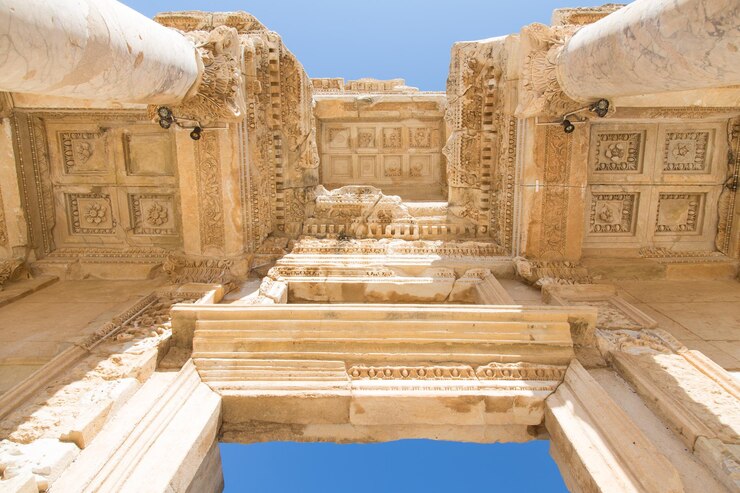The United Arab Emirates (UAE) is a nation that seamlessly blends modernity with a rich tapestry of heritage. As a country known for its towering skyscrapers, futuristic cities, and economic prosperity, the UAE also takes great pride in preserving its cultural roots and traditions. The heritage of the UAE is a captivating journey through time, reflecting the resilience, wisdom, and vibrant spirit of its people.
1. Bedouin Traditions:
The heart of the UAE heritage lies in its Bedouin roots. The Bedouin, nomadic Arab tribes, were the original inhabitants of the region. The legacy of their simple yet profound way of life is evident in various aspects of Emirati culture. Traditional activities like falconry, camel racing, and horse riding showcase the deep connection between the people and the desert, emphasizing the endurance and resourcefulness needed for survival in the harsh environment.
2. Architecture and Design:
The UAE's architectural landscape is a harmonious blend of tradition and innovation. While modern skyscrapers dot the skyline, traditional architecture is meticulously preserved in structures like the Al Fahidi Historic District in Dubai and the Al Jahili Fort in Al Ain. The wind-tower architecture, known as "Barjeel," is a classic example of how the ancient inhabitants harnessed natural elements for cooling in the desert.
3. Calligraphy and Art:
Islamic art and calligraphy have long been integral to the cultural fabric of the UAE. Arabic calligraphy, in particular, is considered a highly esteemed form of artistic expression. The ornate and intricate designs often adorn religious texts, buildings, and monuments, adding a touch of elegance to the visual landscape. Local artists continue to honor this tradition while incorporating modern influences, creating a unique fusion of old and new.
4. Traditional Clothing:
The traditional attire of the UAE reflects both cultural significance and practicality. The Kandura, worn by men, and the Abaya, worn by women, not only adhere to Islamic principles of modesty but also provide comfort in the desert climate. The distinctive clothing is a symbol of cultural identity and is often adorned with intricate embroidery, showcasing the craftsmanship that has been passed down through generations.
5. Pearl Diving Heritage:
Before the discovery of oil transformed the UAE's economy, pearl diving was a key source of livelihood. The nation's coastal areas were home to skilled pearl divers who braved the depths of the Arabian Gulf in search of the lustrous gems. Today, this heritage is commemorated in museums and festivals, paying homage to the resilience of those who relied on the treasures of the sea.
6. Festivals and Celebrations:
UAE's vibrant cultural calendar is marked by traditional festivals that bring communities together. Events like the Al Dhafra Festival celebrate Bedouin heritage with activities such as camel beauty contests and falconry competitions. The annual National Day festivities showcase patriotic pride, featuring parades, traditional dances, and fireworks that reflect the unity and diversity of the nation.
In the UAE, heritage is not just a relic of the past; it is a living, breathing part of daily life. By preserving and celebrating its rich cultural tapestry, the nation ensures that the legacy of its ancestors continues to inspire and shape the identity of future generations. In the face of rapid modernization, the UAE stands as a testament to the harmonious coexistence of tradition and progress, creating a truly unique and captivating narrative.


No comments yet